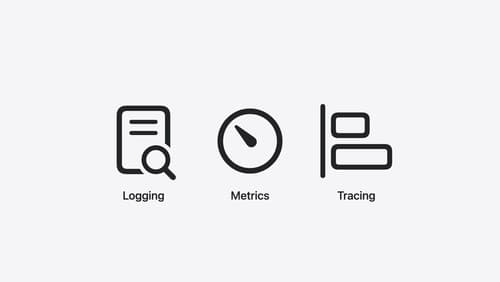Task vs Queue
Asked on 2024-10-03
1 search
In the context of Apple's WWDC sessions, the concept of "Task vs Queue" can be understood through the lens of Swift's concurrency model.
Tasks in Swift
- Tasks are the fundamental unit of concurrency in Swift. They represent independent concurrent execution contexts. Tasks are lightweight, allowing for the creation of many tasks that can execute concurrently. They can perform asynchronous operations and suspend to yield the CPU to other tasks when waiting for an operation to complete. This is managed using the
asyncandawaitsyntax in Swift, which allows functions to suspend and resume execution.
Queues in Swift
- Queues are used to manage the execution of tasks. In traditional concurrency models, you might have multiple queues for different types of work, such as a main queue for UI updates and background queues for other tasks. However, this can lead to complexity and potential data races if not managed carefully.
Transition from Queues to Tasks
- By adopting Swift concurrency, developers can move from an ad hoc concurrency architecture with multiple queues to a more structured approach using tasks and actors. Actors in Swift are similar to classes but automatically protect their state by serializing accesses, allowing only a single task to execute at a time on an actor. This helps in managing shared mutable state safely and avoiding data races.
For more detailed insights, you can refer to the session A Swift Tour: Explore Swift’s features and design (18:33) which discusses concurrency in Swift, including tasks and actors. Additionally, the session Migrate your app to Swift 6 (08:53) covers adopting concurrency features in Swift 6, highlighting the transition from queues to tasks and actors.

Explore the Swift on Server ecosystem
Swift is a great language for writing your server applications, and powers critical services across Apple’s cloud products. We’ll explore tooling, delve into the Swift server package ecosystem, and demonstrate how to interact with databases and add observability to applications.

A Swift Tour: Explore Swift’s features and design
Learn the essential features and design philosophy of the Swift programming language. We’ll explore how to model data, handle errors, use protocols, write concurrent code, and more while building up a Swift package that has a library, an HTTP server, and a command line client. Whether you’re just beginning your Swift journey or have been with us from the start, this talk will help you get the most out of the language.

Migrate your app to Swift 6
Experience Swift 6 migration in action as we update an existing sample app. Learn how to migrate incrementally, module by module, and how the compiler helps you identify code that’s at risk of data races. Discover different techniques for ensuring clear isolation boundaries and eliminating concurrent access to shared mutable state.
